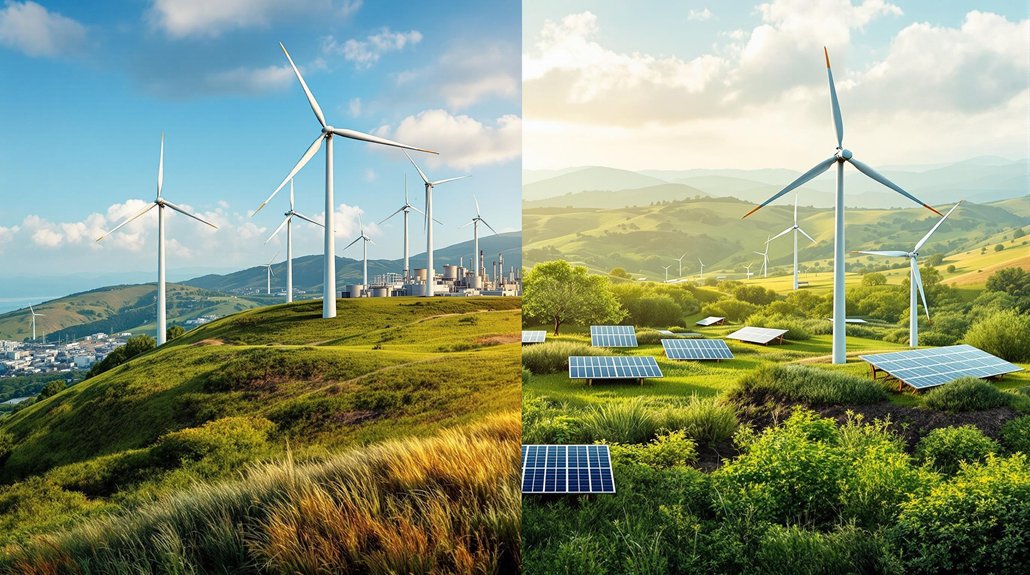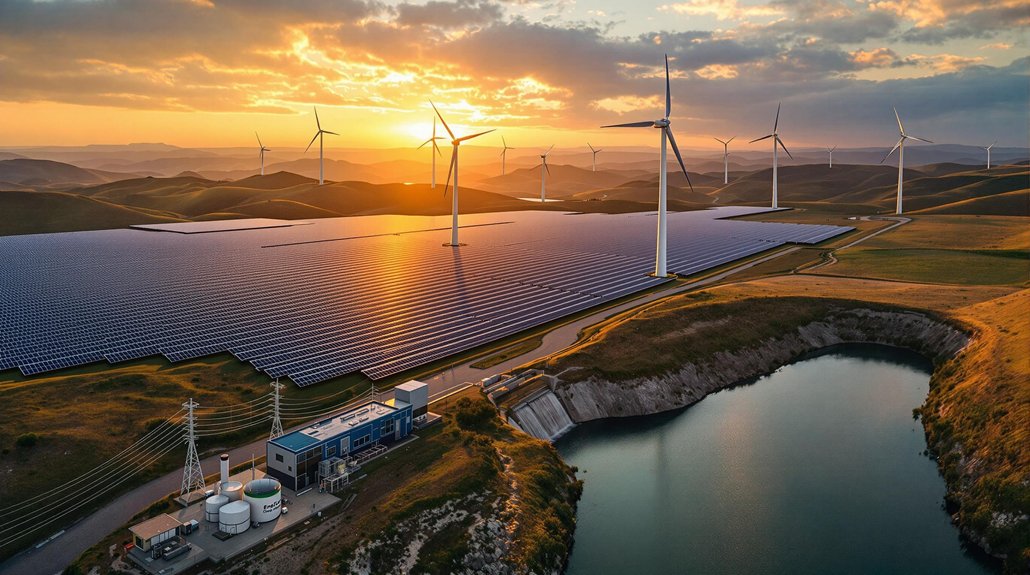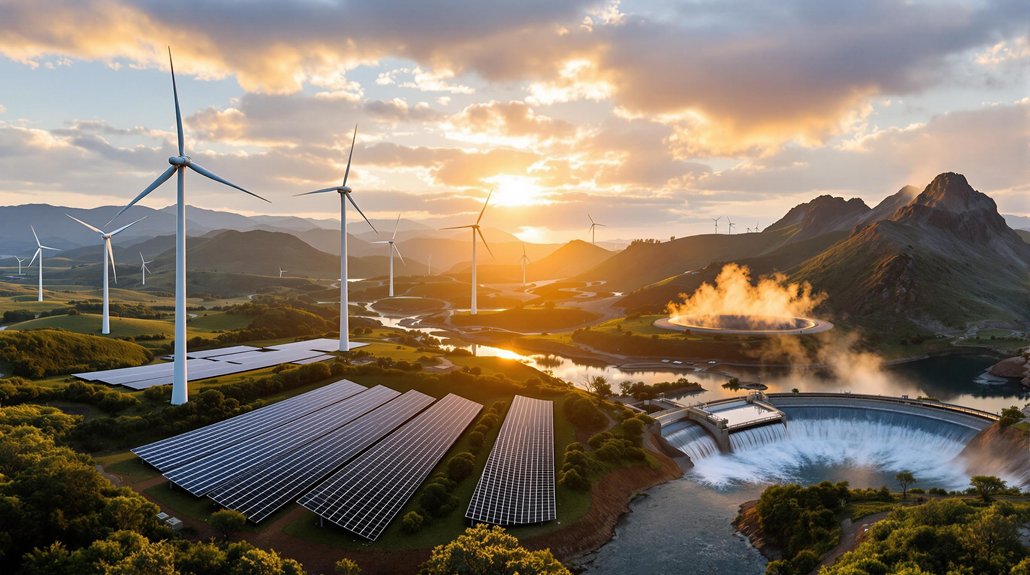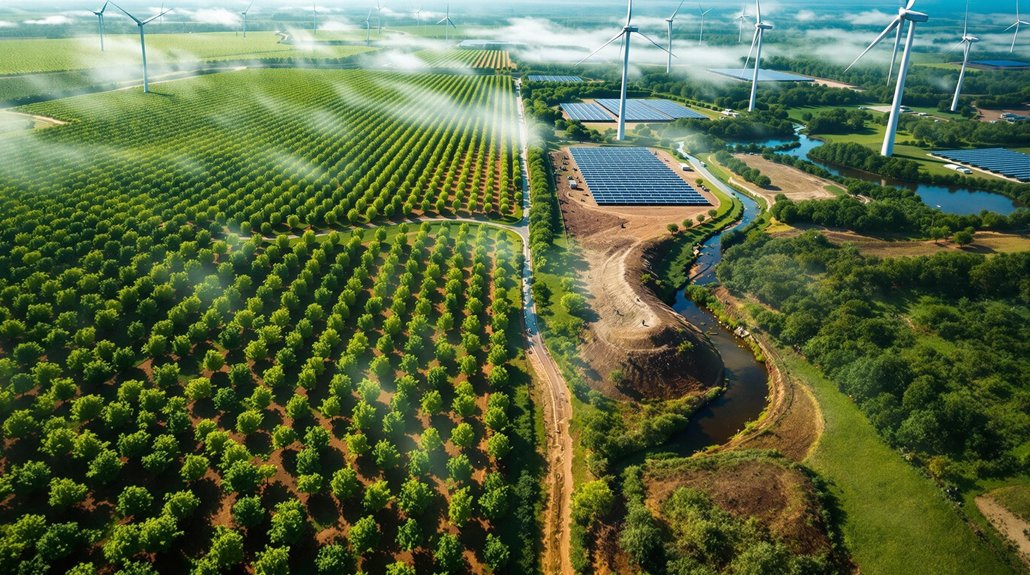Renewable energy refers to sources that naturally replenish, like wind and solar, focusing on the origin of energy. Sustainable energy encompasses a broader view, considering environmental, social, and economic impacts throughout the energy’s lifecycle. While all sustainable energy is renewable, not all renewable energy is sustainable. For example, hydroelectric dams provide renewable energy but may harm ecosystems. Understanding these differences helps shape effective energy policies for our future.
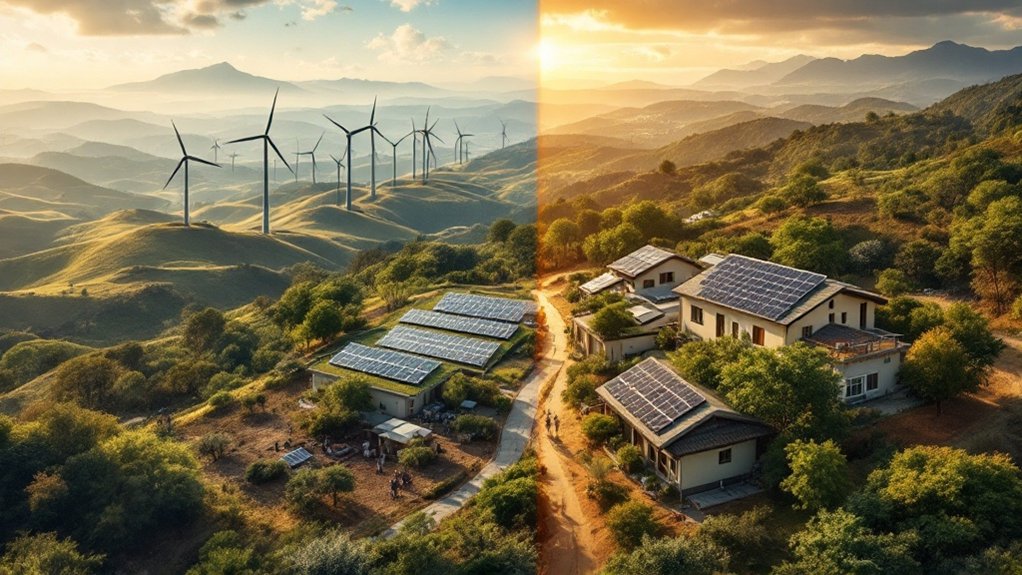
Why do people often mix up renewable and sustainable energy? These terms sound similar and are sometimes used interchangeably, but they have distinct meanings. Renewable energy comes from sources that naturally replenish themselves, like sunlight, wind, water, geothermal heat, and biomass. These sources won’t run out when we use them, unlike fossil fuels which exist in limited quantities. These fossil fuel resources are being depleted much faster than they can be naturally formed over millions of years.
Sustainable energy, however, has a broader definition. It’s energy that meets our current needs without harming future generations‘ ability to meet their own needs. While all sustainable energy is renewable, not all renewable energy is sustainable. Sustainable energy considers environmental, social, and economic impacts beyond just the energy source itself.
The main difference lies in focus. Renewable energy focuses on the source, while sustainable energy looks at the overall impact. For example, a large hydroelectric dam provides renewable energy, but might not be sustainable if it disrupts ecosystems or displaces communities. Sustainable energy must be efficiently obtained, distributed, and used with minimal long-term environmental damage.
Renewable energy sources can still harm the environment. Manufacturing solar panels requires mining raw materials and energy-intensive processes. Sustainable energy, by contrast, aims to minimize all ecological damage throughout its lifecycle. Both types reduce our dependence on fossil fuels, but sustainable energy has stricter environmental criteria. Unlike fossil fuels, renewable energies produce no greenhouse gas emissions during operation.
While renewable energy focuses on replenishing sources, sustainable energy demands minimal ecological impact throughout its entire lifecycle.
From an economic perspective, renewable energy is becoming more affordable. Sustainable energy considers not just current costs but long-term economic viability. Both create jobs and can boost local economies, though renewable projects often need high initial investments.
Many governments now offer incentives for renewable energy, with ambitious targets like the EU’s goal of 32% renewable energy by 2030. Sustainable energy requires more extensive policies that address broader impacts.
Both approaches are essential for meeting global climate goals, but understanding their differences helps us make better energy choices for our future. Biofuels are an interesting example as they are classified as renewable fuels despite ongoing debates about their overall sustainability.
Frequently Asked Questions
How Do Energy Storage Solutions Differ for Renewable Versus Sustainable Energy?
Storage for renewable energy often focuses on large-scale systems like
Can Nuclear Energy Be Classified as Sustainable?
Nuclear energy’s classification as sustainable remains debated. It produces zero direct CO2 emissions and provides reliable baseload power.
However, challenges include radioactive waste management and potential accident risks. The EU recently included nuclear in its sustainable finance taxonomy, while other countries remain divided.
Despite high upfront costs, nuclear offers low operating expenses and can operate for decades, supporting long-term climate goals.
Which Costs More to Implement: Renewable or Sustainable Energy Systems?
Sustainable energy systems typically cost more to implement than renewable energy systems.
While renewables focus mainly on production technologies, sustainable systems include additional expenses for full lifecycle management, grid integration, and environmental protection measures.
Upfront costs for both are high, but sustainable approaches require more investment in storage, transmission infrastructure, and waste management.
Solar and wind costs have dropped considerably, making renewables increasingly competitive against fossil fuels.
How Do Renewable and Sustainable Energy Policies Vary Globally?
Renewable energy policies differ widely across regions. Europe has strict binding targets while Asia shows rapid growth with sustainability gaps.
African nations prioritize energy access alongside sustainability. Latin America relies heavily on hydropower. The Middle East is shifting from oil to solar power.
Many countries now implement carbon pricing and focus on energy efficiency. Policy challenges include managing intermittent sources and ensuring fair changes from fossil fuels.
What Careers Are Emerging in Renewable Versus Sustainable Energy Fields?
The renewable energy sector is creating jobs for solar installers and wind turbine technicians, with both fields expecting over 50% growth by 2029.
Sustainable energy careers include energy efficiency analysts and green building architects.
New hybrid roles are emerging too, like smart grid technicians and clean transportation planners.
These fields need workers with skills in data analysis, project management, and programming for energy systems.
